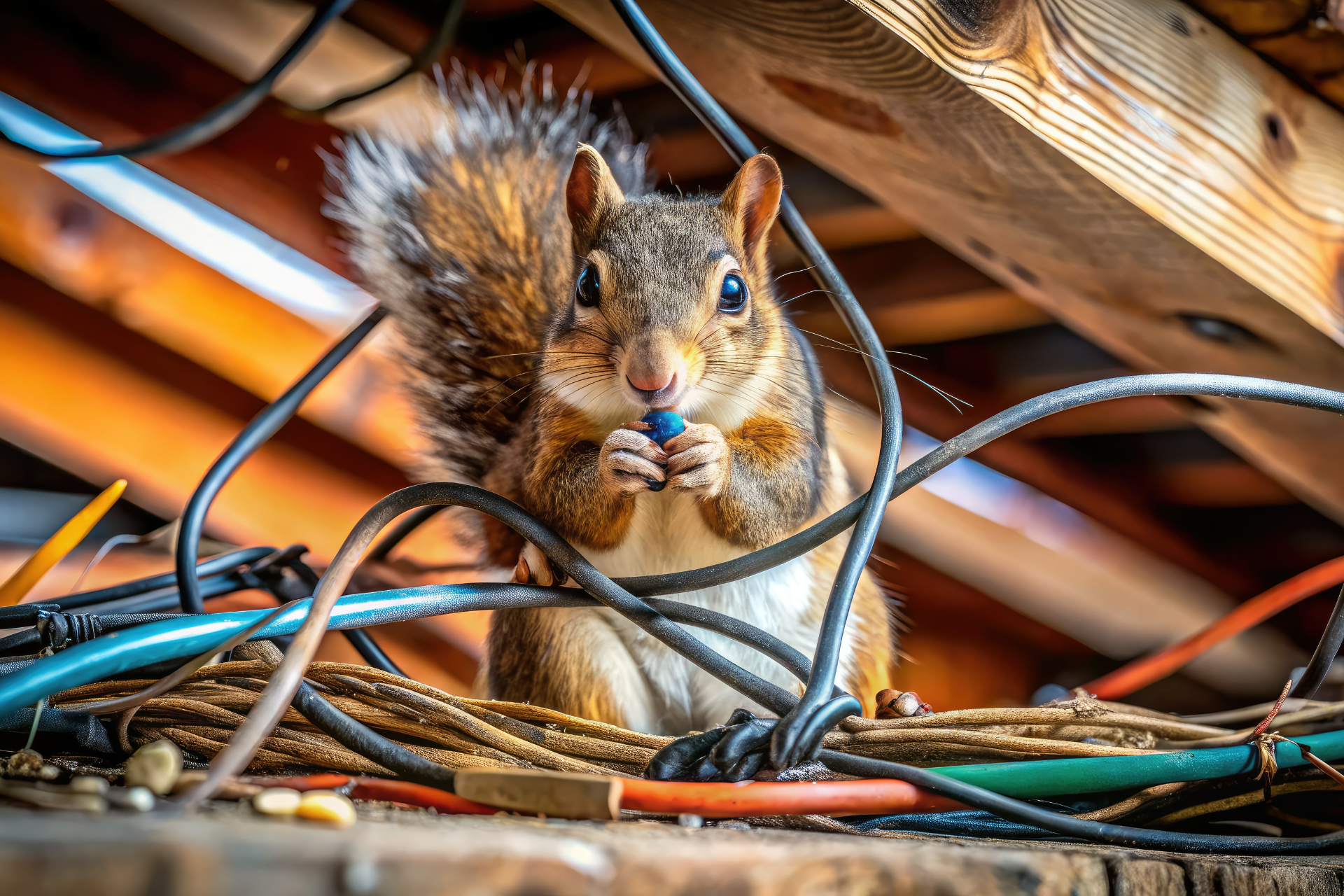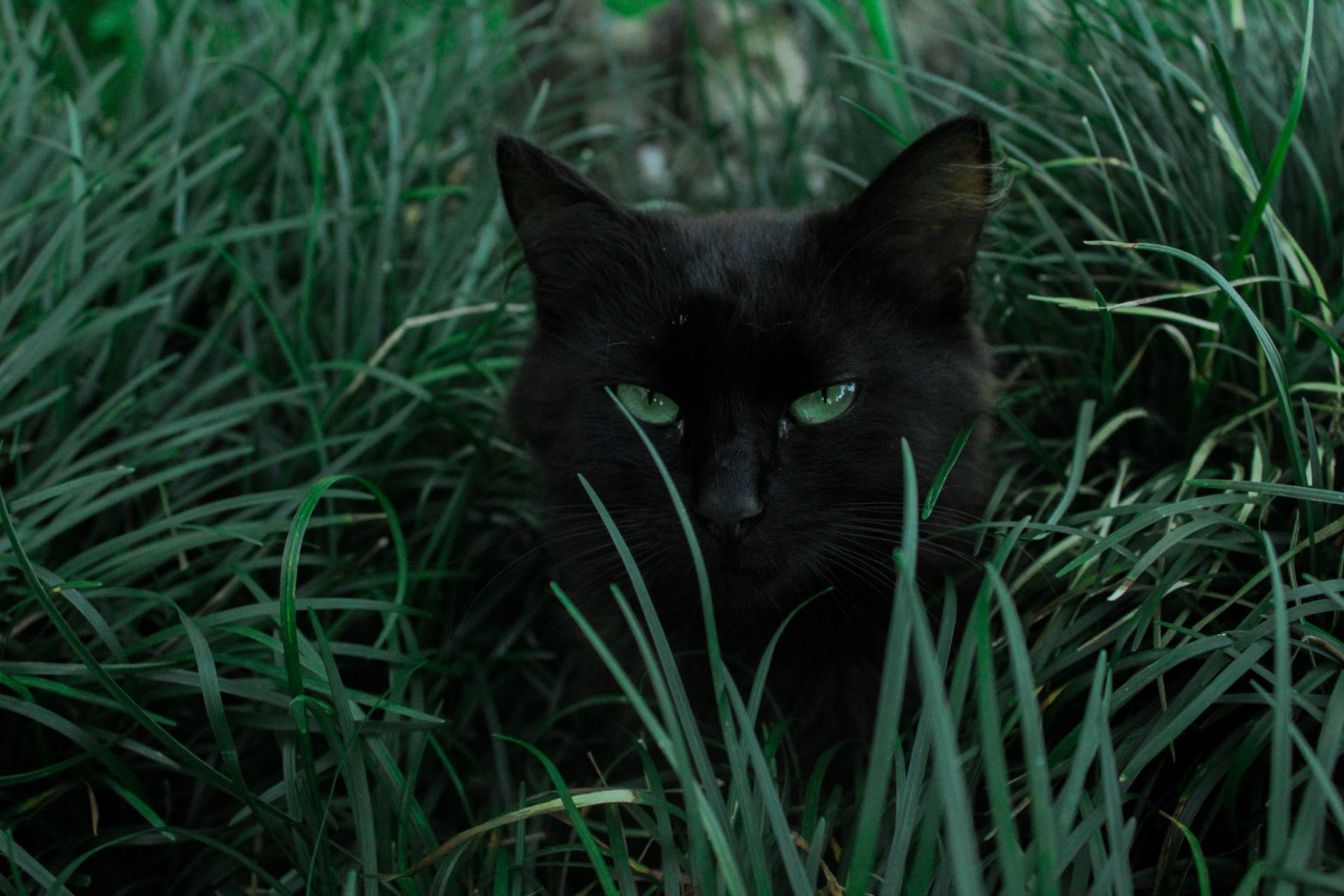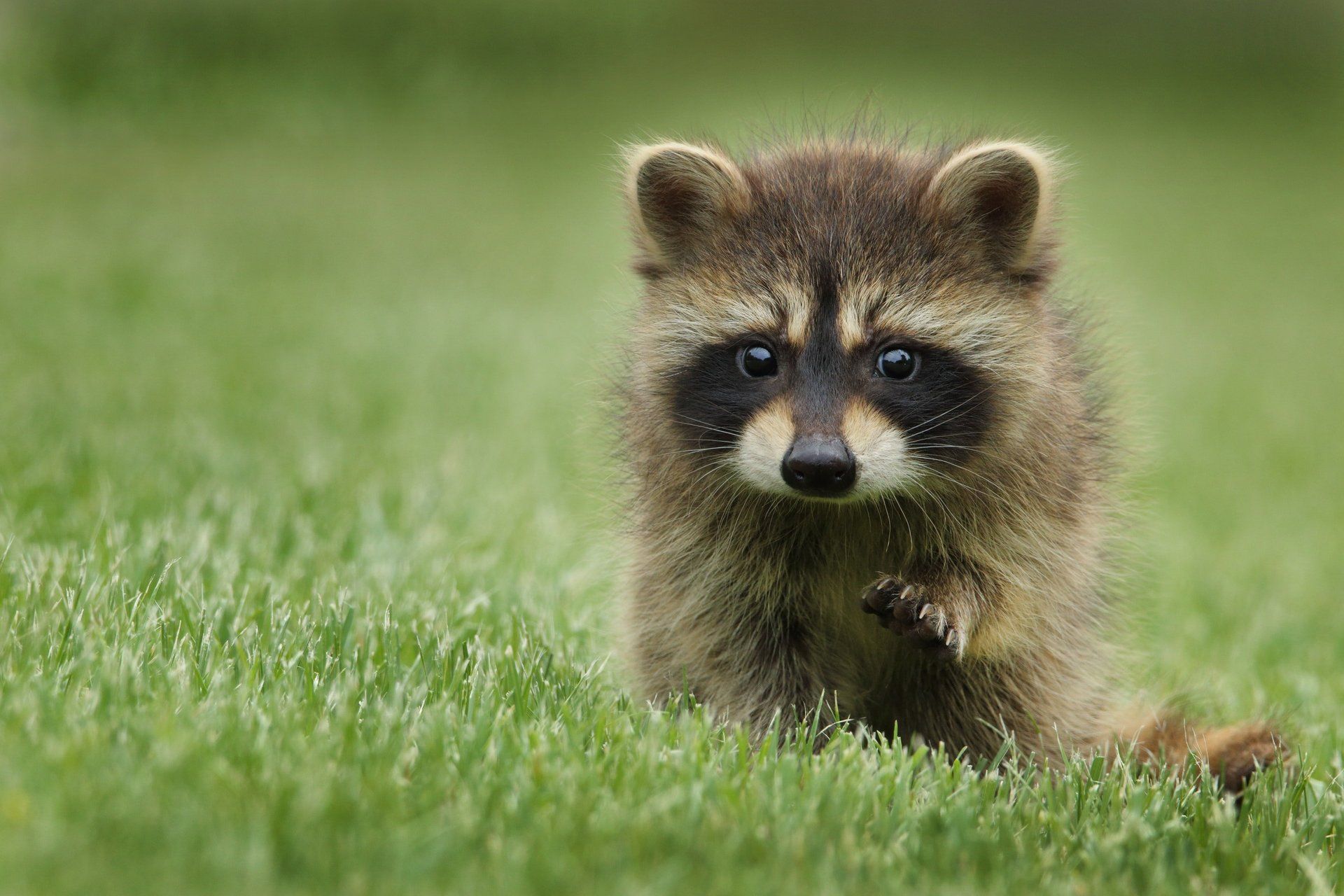Snake Encounters
Snakes in Your Backyard: What You Need to Know
Our fear of snakes is deeply rooted in our evolutionary history. For millennia, humans have had to be cautious of venomous serpents in their environment, leading to a natural aversion passed down through generations. This evolutionary response is not just about survival; it also manifests in the myths and stories that have shaped cultures worldwide. From the serpent in the Garden of Eden to the snake-haired Medusa in Greek mythology, they often symbolize danger and deceit.
Psychologically, the fear of snakes, known as ophidiophobia, is one of the most common phobias. It triggers a strong reaction due to their unpredictable movements and the potential threat they pose. Even though most encounters are harmless, the sight of one can induce panic and anxiety. This strong reaction is partly because our brains are wired to recognize the unique shape and movement patterns quickly, activating our fight-or-flight response almost instantly.
Despite our ingrained fear, many concerns are more myth than reality. While some species are dangerous, the majority of encounters are non-threatening. Understanding the differences between venomous and non-venomous can help mitigate fear and allow for safer coexistence.
Dangerous Snake Species
The Eastern Diamondback Rattlesnake is easily identifiable by the diamond-shaped patterns along its back. These patterns are outlined in light scales, with the centers filled with darker hues, creating a striking contrast. Typically, these rattlesnakes range in size from three to six feet, with a thick, muscular body that adds to their formidable appearance.
Venom from an Eastern Diamondback is highly potent, causing severe symptoms in humans and animals. The primary threat comes from their tendency to stand their ground when threatened, often coiling and shaking their rattle as a warning. This behavior is a defensive mechanism rather than an outright aggression, but it can lead to dangerous encounters if not heeded.
One of the most interesting aspects of the Eastern Diamondback is its rattle, a unique structure made of keratin segments that produce a buzzing sound when vibrated. This sound serves as a warning to potential threats. These rattlesnakes have a long lifespan, often exceeding 20 years in the wild, and prefer habitats such as pine forests, coastal scrubs, and abandoned fields where they can find ample cover and prey.
The Timber Rattlesnake displays a range of colors from yellow and brown to nearly black, with distinctive dark crossbands that provide excellent camouflage in wooded environments. Their thick, heavy bodies and broad heads make them quite recognizable. This species' venom is dangerous, capable of causing significant harm, though they are less aggressive than some other rattlesnake species. They often rely on their camouflage to avoid detection and typically only strike when provoked.
Timber rattlesnakes are known for their seasonal movements, migrating to different areas depending on the time of year. They hibernate in communal dens during the winter, which can be fascinating to observe. Historically, Timber Rattlesnakes have been a symbol of the American Revolution, featured prominently on the Gadsden flag. Conservation efforts have helped stabilize their populations, although habitat loss continues to pose a threat.
The Cottonmouth, or Water Moccasin, is notorious for the white coloration inside its mouth, which it displays as a warning when threatened. They have thick, muscular bodies with dark, often olive-brown, coloration that blends well with their watery habitats. Their venom is highly toxic, leading to painful and potentially severe reactions in humans and animals. They are typically found near water bodies like swamps, marshes, and slow-moving streams, where they are adept swimmers. When encountered, they may stand their ground and gape to show their white mouths, a behavior that often leads to exaggerated fears.
One fascinating aspect of Cottonmouths is their ability to swim both on the surface and underwater, a skill that sets them apart from many other snakes. They prefer secluded, damp environments where they can hunt fish and amphibians.
Copperheads are easily identified by their copper-colored heads and distinctive hourglass patterns along their bodies. They are medium-sized, usually ranging from two to three feet in length, with a robust, stocky build. They are often found in wooded areas, rocky hillsides, and near streams, where they blend seamlessly with fallen leaves and forest debris.
Copperheads exhibit fascinating seasonal color changes that enhance their camouflage abilities, making them nearly invisible among autumn leaves. They have intriguing mating habits, often involving intense male combat for the right to mate. Their territorial behavior, though typically non-aggressive, can lead to surprise encounters in their preferred habitats.
The Eastern Coral Snake is known for its bright, banded coloration of red, yellow, and black rings, making it one of the most visually striking snakes in North America. Despite their small size, usually between 20 and 30 inches, their appearance is unmistakable. Their venom is highly neurotoxic, capable of causing severe symptoms if left untreated. However, they are reclusive and avoid human contact, often hiding in leaf litter, under logs, or within burrows.
They have a unique defense mechanism: they can flatten their bodies and curl the tip of their tails to mimic their head, confusing predators. Their habitat preferences include sandy, well-drained soils in pine and scrub forests, where they can easily find prey. Differentiating them from non-venomous mimics, like the Scarlet Kingsnake, requires noting the specific color pattern sequence: "Red touches yellow, kill a fellow; red touches black, friend of Jack."
The Black Kingsnake is characterized by its glossy, dark coloration, sometimes with subtle light speckles. These snakes are medium to large in size, often growing up to six feet long, and have a sleek, muscular build. These snakes are remarkable for their immunity to venom, allowing them to hunt and consume other snakes, including rattlesnakes and copperheads. They are typically found in a variety of habitats, from forests to grasslands, and often around human dwellings.
Eastern Rat Snakes exhibit a wide range of color variations, from black and gray to yellow and orange, depending on their geographic location. They can grow quite large, often exceeding six feet in length, with a slender, agile build. They are exceptional climbers, often found in trees, barns, and attics in search of prey. They are also known for their interactions with other wildlife, sometimes sharing hibernation sites with other snake species. Their ability to adapt to various environments makes them a common sight in both rural and suburban areas.
If you encounter a snake in your home or backyard or need assistance with wildlife management, contact Wildlife Resolutions for professional and humane solutions. Our experts are dedicated to ensuring your security and the well-being of local wildlife.







